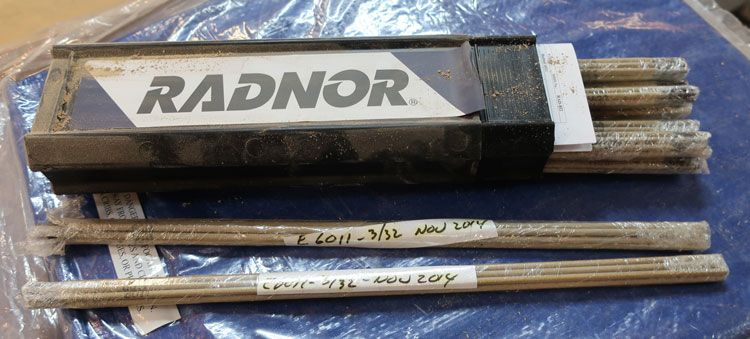I watched the Zoom special interest meeting on 3D printing for the first time other day. I want to address a comment that was made while the issue of 3D printing filament absorbing moisture was being discussed.
The statement was that storage in refrigerators are / can be used to protect filament from moisture. As I remember, someone immediately brought up that that makes the filament cold which will attract moisture and that the filament, being cold, may not be as flexible until warm so it may not be a good idea. I agree, not a good idea to store filament “cold.”
Many people, and I have been one of them, have used refrigerators to store things other than foodstuffs. Understand how they are often used. Refrigerators are great sealers from the environment and they are roomy and orderly with their shelves. What does not appear to be appreciated is that the refrigerators are often non-operational discards. You do not want the cold, you want sealed environment.
I am a welder, gas, arc, and MIG, and if you walk into some “less than super big store welding supply businesses,” or tour some farms and home workshops, you may find a refrigerator off on the side. Inside you will find arc welding rod, paint, cleaners, etc. You may find the compressor assembly has been removed, that just makes it a LOT easier to move around. You will most likely find a 125 VAC lamp cord coming out of a silicon sealed tube plugged into a standard light timer on the outside. Inside there will often be a low wattage light bulb. Checking the timer you will see it probably turns on for about 20 minutes each 24 hours, not much. You want the interior to be warm and dry, not a hot and annoying environment, you do not want to create a fire hazard.
Without that refrigerator arc welding rod flux absorbs moisture. Then, when the arc is struck, the moisture explodes, expands as much as 1,700 times or more – liquid water to gases vapor, causing the flux to fly off the rod. The result is an oxygen / nitrogen / minor atmospheric gases contaminated and weakened weld. Even with the availability of a repurposed refrigerator, we still wrapped all of our arc welding rods in Saranwrap / plastic wrap. I have always dated and typed those small packs. These are now seven years old, stored in plastic wrap and inside the Radnor container. I did some welding about six months ago. No moisture issue with the flux.
I do not see why a small, apartment / dorm / den sized refrigerator with a front opening door could not be used to 1) store filament, 2) also be the feed site for a 3D printer filament, and 3) the base for a 3D printer. Use the silicon sealed tube to bring the filament out of the refrigerator.
I bought several spools of Amazon Basic filament. Each came with a large zip lock bag.
Just thinking,
Thanks,
Rex

